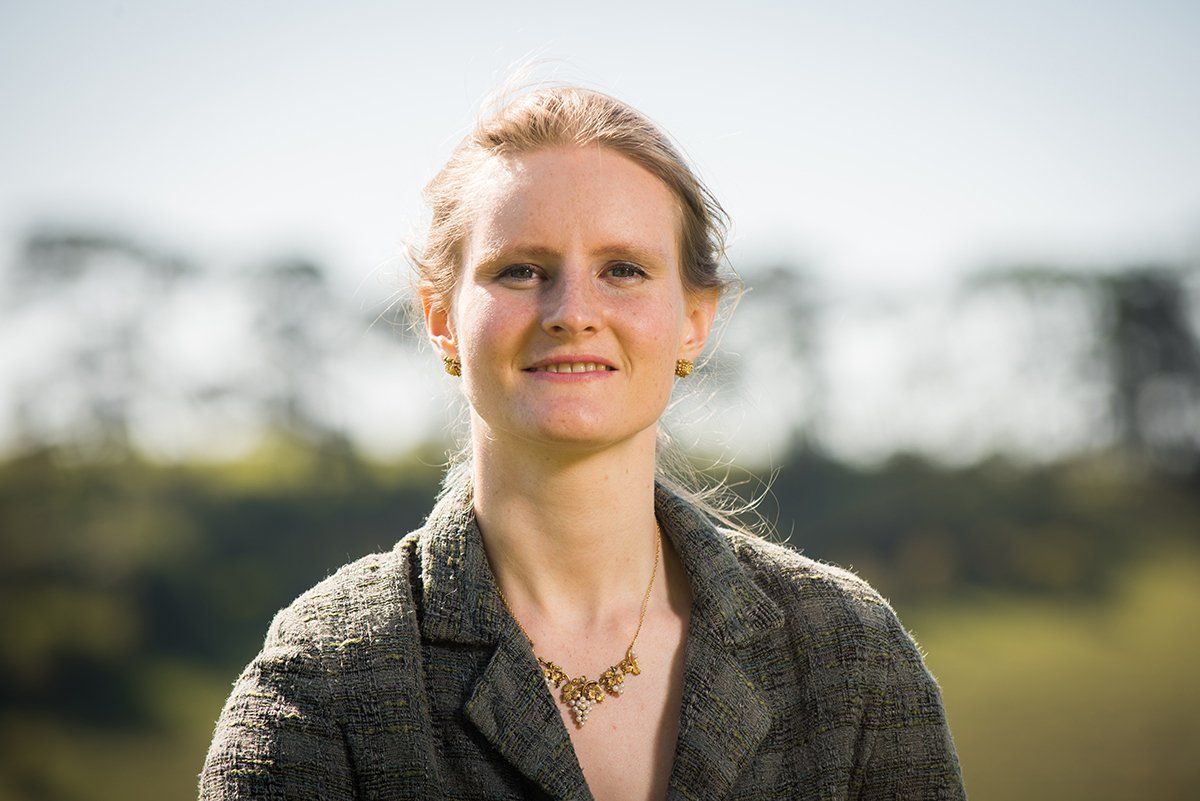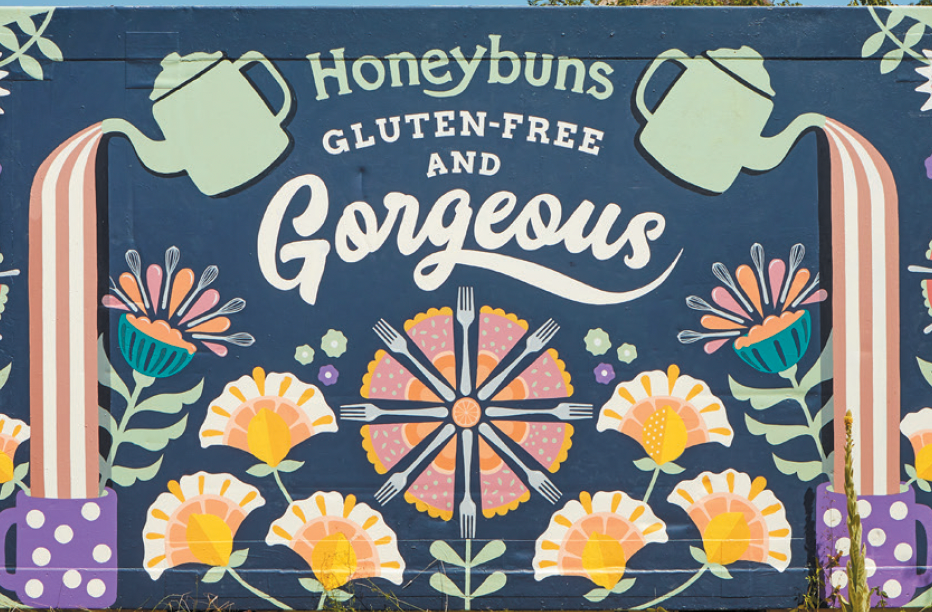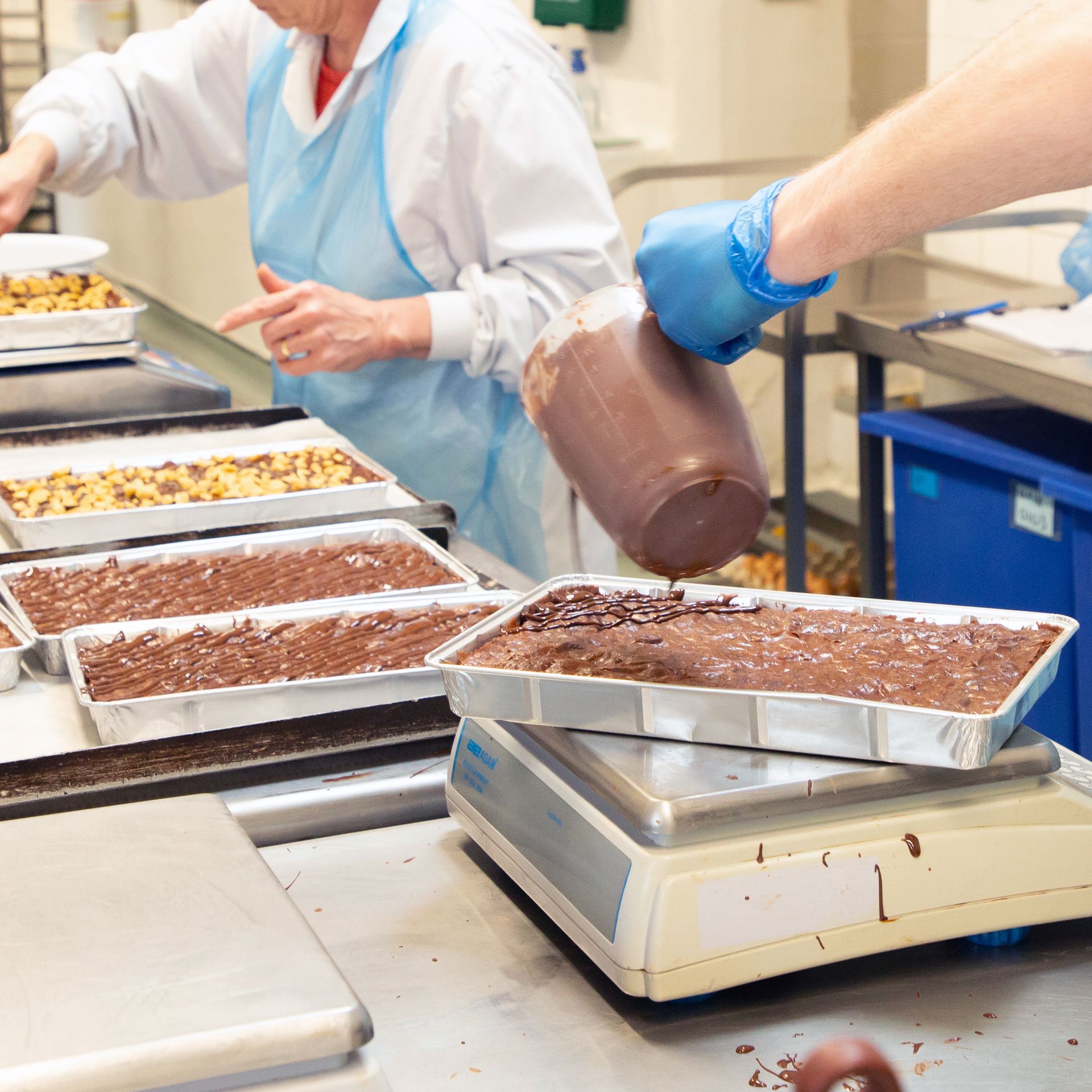Domini Hogg considers the meaning of some words that are being talked about a lot at the moment:
Agroecology...Regenerative...Organic. What is the difference?
Domini is the founder of Tried and Supplied www.triedandsupplied.com and is working with Love British Food to develop opportunities for British food producers in the public sector.

Agroecology
Agroecology builds on the knowledge of peasants and indigenous people to create farming practices that mimic the natural function of natural ecosystems. It also envisions the food system as a connected whole, recognising the need for sustainable practice across any added-value production and distribution as well as farming. It looks to connect biodiverse farms with local markets, incorporating local infrastructure such as small abattoirs, mills and microdairies. This approach transforms the dominant model of commodity capitalism and works towards food sovereignty.
According to Michel Pimbert “agroecology is a useful concept when talking to farmers to help them realise that they are using applied ecology to manage their farm and production.”
For those of you, like me, unsure of what ecology is exactly, Merlin Sheldrake’s book Entangled Lives helpfully explains in the context of fungi why ecology is so fundamental to our understanding of the food system: “biology – the study of living organisms – had transformed into ecology – the study of the relationship between living organisms.”
Regenerative farming
Regenerative agriculture stems from the realisation during the shift from industrial to sustainable farming practices that we were working with already depleted soil health and fragile natural ecosystems. Sustainable farming is not enough. We need to regenerate that which we have already destroyed. Consequently, many of the techniques are focused on how to do this, for example the importance of livestock in fertilising the soil and dispersing beneficial microbes such as fungi that grow to form a dynamic soil network connecting plants together and transporting nutrients. Read Merlin Sheldrake’s book Entangled Lives if you want to know more about the enthralling “Wood Wide Web”! It is this aspect of regenerative farming that has recently pitted Regenuary against Veganuary on Twitter.
Regenerative farming incorporates elements of both agroecology and organic farming, but its origins and nomenclature suggest it is a transitional technique. Soil health is shown to increase dramatically after starting regenerative farming especially on particularly degraded soils, but after a few years of good practice, the improvements start to plateau as the ecosystem regains its natural healthy balance. In an ideal world we will only need “regenerative farming” for the next few decades as we transition to a more agroecological system that incorporates many regenerative practices.
Organic farming
Of all of them organic farming is the best known and understood among consumers. It is also the only practice that is enshrined in law and certified through bodies such as the Soil Association. According to the EU standards: “Organic farming is an agricultural method that aims to produce food using natural substances and processes.” This means reducing or eliminating the use of agrochemicals such as fertilisers and pesticides. It also means reducing the use of antibiotics in livestock and encouraging higher standards of animal welfare through practices such as free-range and pasture-fed. There are different standards set by different bodies, but the Soil Association is perhaps the best known and has stricter standards than the EU lays down in law.
One farmer explained the difference from her perspective of implementing both organic and regenerative practices on her farm:
“Difficult to get it all down here but we have been organic for 20 years but have been through a complete change as we have learnt about regenerative agriculture. My certification has never asked about successional state, infiltration rate, carbon storage in deep soil layers, break down of dung….
Maybe another example (at farm level) my organic head records where my animals have been, my regenerative head plans where they are going, building in buffers for flood and drought, increasing animal impact where needed and resting fields for longer where needed. Leading to a much more active soil which grows not just more grass but more diversity.”
What should we focus on for the future?
In my mind agroecology is the most complete vision of what I would like our future food system to look like. In that respect it gets my vote as the ultimate goal. Organic and regenerative practices both fall within its guidance and should be encouraged. However, what became apparent through the conference was the need for a complete mindset shift across the population as a whole, not just farmers, if we are to achieve the transformation to a sustainable and healthy food system for everyone. Agroecology, with its clear and comprehensive vision for the future, is the framework I believe we can use to inspire the wider population.
Organic as a term already comes with baggage that isn’t always positive, such as accusations of elitism. We need to be careful to protect agroecology from the same fate. Food security and sustainability often seem at odds with each other, but they don’t have to be and importantly we must see them as separate challenges. If people can’t afford sustainable, healthy food, that is a social challenge we need to address, but not at the expense of sustainable farming practices.
A full version of this article appears on the Tried and Supplied blog page:
https://triedandsupplied.com/saucydressings/orfc-2021-agroecology/
<link rel=canonical href="https://triedandsupplied.com/saucydressings/orfc-2021-agroecology/" />
Share:
You may also be interested in...















